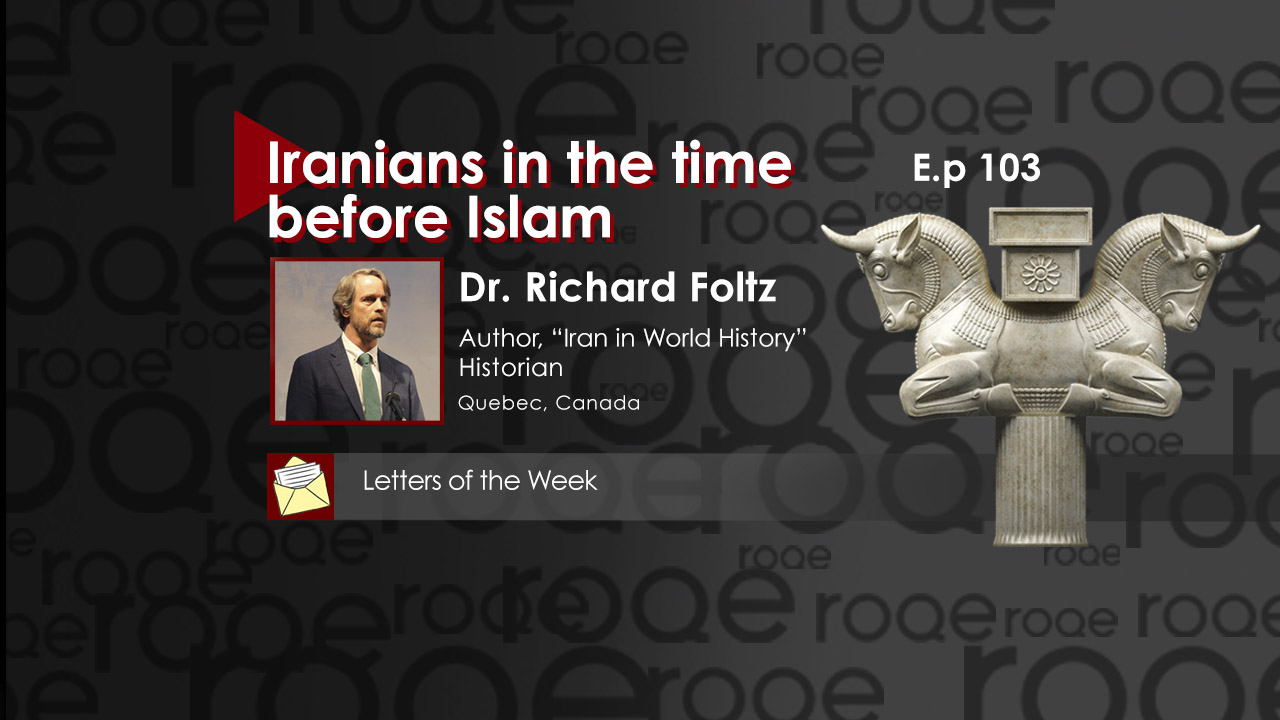

The Central Asians, impressed with India's wealth, held similar perceptions about the Mughals. They thought of the Central Asians as their family members and not as foreigners. Art such as this fed the Mughal desire to legitimize their supremacy over their lost homeland. This generation gap was narrowed, in part, through the Mughal patronage of miniature art which showed that the Mughal right to rule the subcontinent was conferred upon them by the great Tamerlane himself. As far as Central Asia was concerned, Babur, the first Mughal emperor and a fifth-generation descendant of Tamerlane, often reminisced about his family's glory days in Central Asia. Persian immigrants and their descendants comprised the elite cultural repertoires and military units of Mughal India.

Although the Mughals nostalgically looked back at their former Central Asian homeland, the Persian culture always held a privileged position for them. The Mughals, having inherited an already hybrid Perso-Indian culture, partook in a symbiotic relationship with the other two components. Foltz begins with a historical survey of the Perso-Islamic society, the three components of which were the Mughals of South Asia, the Safavids of Iran, and the Uzbeks of Central Asia. This one world was, by and large, created when educated Muslims from Central Asia were drawn to Mughal India for economic and religious reasons. Having had the opportunity to look at these works as well as other important primary and secondary works from Iran and South Asia, Foltz astutely characterizes the regions of Central Asia and South Asia, at least among their elites, as constituting world. As Foltz points out, this interaction was little-studied until recently due to several factors, chief among which was the limited access that scholars had to extant Central Asian works in the former Soviet Union. This pioneering study by Richard Foltz fulfills a long-felt need to focus attention on these two important regions of the Islamic and to draw attention to the interaction between them.

A that is accustomed to multidirectional flows of information through the means of capacious strands of fiber optics and satellites might not realize the intricacy and complexity of the networks of communications between Central Asia and Mughal India in the 16th and 17th centuries, based as they were on human relations, patronage, familial ties, and so on.


 0 kommentar(er)
0 kommentar(er)
